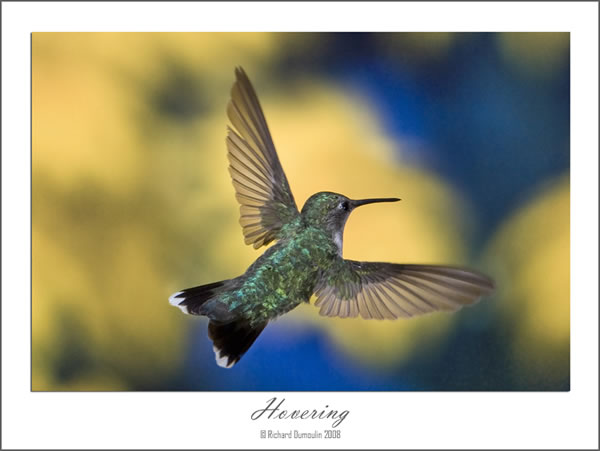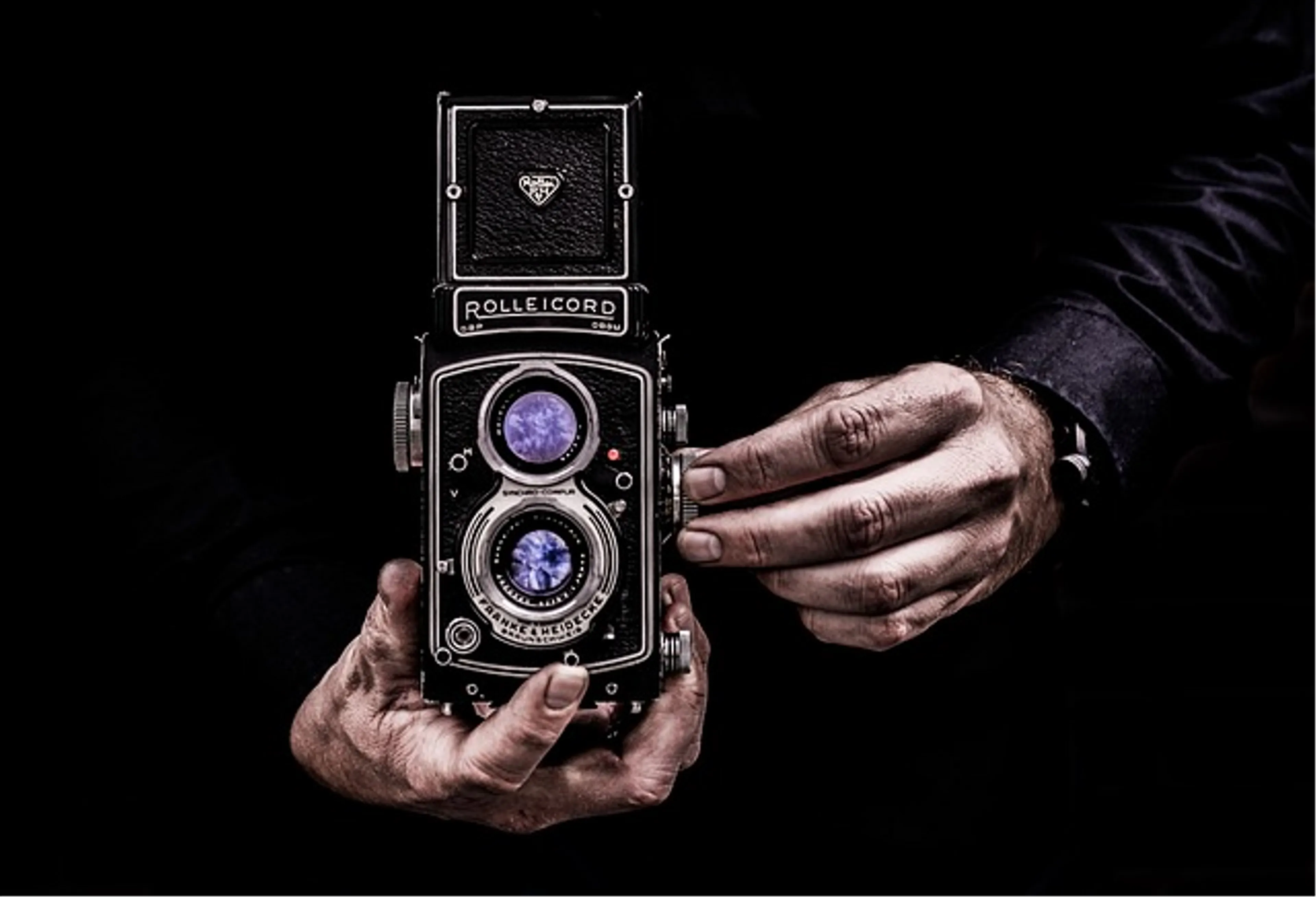High-speed photography is an awe-inspiring genre that captures the fleeting moments that the naked eye often misses. By freezing motion and revealing intricate details, high-speed photography opens up a world of creative possibilities, requiring a blend of technical expertise, artistic vision, and a deep understanding of timing and precision.
Understanding the Basics:
At its core, high-speed photography involves capturing rapidly occurring events with incredible clarity. Achieving this requires a camera with the capability to take photos at incredibly fast shutter speeds, often well beyond what is typical for everyday photography. The essence of high-speed photography lies in the ability to capture a precise fraction of a second, whether it's a water droplet splashing, a bullet piercing through objects, or a burst of fireworks.
Lighting and Exposure Control:
Proper lighting is critical in high-speed photography. Because the duration of the exposure is so brief, sufficient light is essential to capture sharp and well-lit images. External flashes, strobes, and continuous lighting sources are often employed to ensure adequate illumination. Achieving the right balance between ambient light and supplementary lighting requires experimentation and finesse.
Choosing the Right Equipment:
Selecting the appropriate equipment is paramount in mastering high-speed photography. A camera capable of ultra-fast shutter speeds and manual control is essential. Additionally, lenses with wide apertures and focal lengths suited to the desired composition are valuable tools. High-speed triggers or remote releases are often employed to precisely synchronize the camera with the event being photographed.
Timing and Triggering:
Timing is everything in high-speed photography. The use of triggers, sensors, and specialized equipment is crucial to capturing the exact moment of action. Sound, light, or motion triggers can be used to activate the camera's shutter precisely when the desired event occurs. This level of timing precision is what transforms ordinary scenes into extraordinary visual spectacles.
Subject Selection and Setup:
High-speed photographers carefully choose subjects that lend themselves to captivating frozen moments. The setup involves meticulous planning and positioning of objects, cameras, and lighting to achieve the desired effect. Subjects can range from water splashes and bursting balloons to breaking glass or even the graceful flight of a hummingbird.
Trial and Error:
Mastering high-speed photography is a journey of trial and error. Patience, perseverance, and adaptability are essential traits. Experimenting with different settings, angles, and setups is part of the learning process. Analyzing the results and making adjustments based on the outcomes contribute to refining the craft and achieving stunning visual results.

Post-Processing and Editing:
Post-processing plays a role in enhancing the final output of high-speed images. Adjustments to contrast, color balance, and sharpness can elevate the visual impact of the photograph. Moreover, post-processing allows photographers to combine multiple shots to create a single composite image, highlighting different stages of motion within a single frame.
Safety and Precautions:
High-speed photography often involves capturing potentially hazardous or explosive events. Safety precautions are paramount to ensure the well-being of the photographer and anyone in the vicinity. Protective gear, proper handling of equipment, and adherence to safety guidelines are imperative to prevent accidents and injuries.
Creative Expression and Beyond:
High-speed photography transcends mere technical mastery. It provides a canvas for creative expression, enabling photographers to transform everyday occurrences into captivating works of art. The ability to freeze motion in unexpected and imaginative ways challenges conventional perspectives and encourages photographers to push the boundaries of their creativity.
Conclusion:
Mastering the art of high-speed photography is a journey that combines technical precision, artistic insight, and a passion for capturing the extraordinary within the ordinary. Through careful planning, experimentation, and an unwavering dedication to perfection, photographers can unveil moments of splendor and intrigue that lie hidden within the rapid pace of our dynamic world.


